I have a dog with a dodgy stomach, which means I spend a lot of time weighing various potions and powders for his food. My weighing scales flash up with the word ‘tare’ every time I turn them on or press the ‘zero’ button. Now I don’t usually spend a lot of time thinking about weighing scales, but I do spend a lot of time thinking about words – and I realised I have no idea what ‘tare’ actually means.
Strap yourself in...
It turns out that ‘tare’ is the name for the weight of any container or packaging that isn’t part of the thing you actually want to measure. So when my scales show ‘tare’, they’re telling me they’ve set that deducted weight to zero. Put a bowl on, press the zero button and the scales adjust the tare so you only see the weight of the food itself.
‘Tare’ has travelled a long way to get to my dog’s daily allowance of probiotics. It comes from Middle French (also ‘tare’), which in turn comes from the Medieval Latin word, ‘tara’. Go one step further back and you reach the Arabic word ‘ṭarḥ’ – this means ‘that which is deducted’ or ‘something thrown away’. It’s a very old word in Arabic that’s been around for more than 1,400 years (and its earliest form goes back even further than that). But it’s always referred to the bit you don’t count.
So that’s the story behind ‘tare’. A word that has crossed continents and centuries to help me measure out pumpkin powder for a dog who still hasn’t learned not to eat disgusting things he finds in the street.






